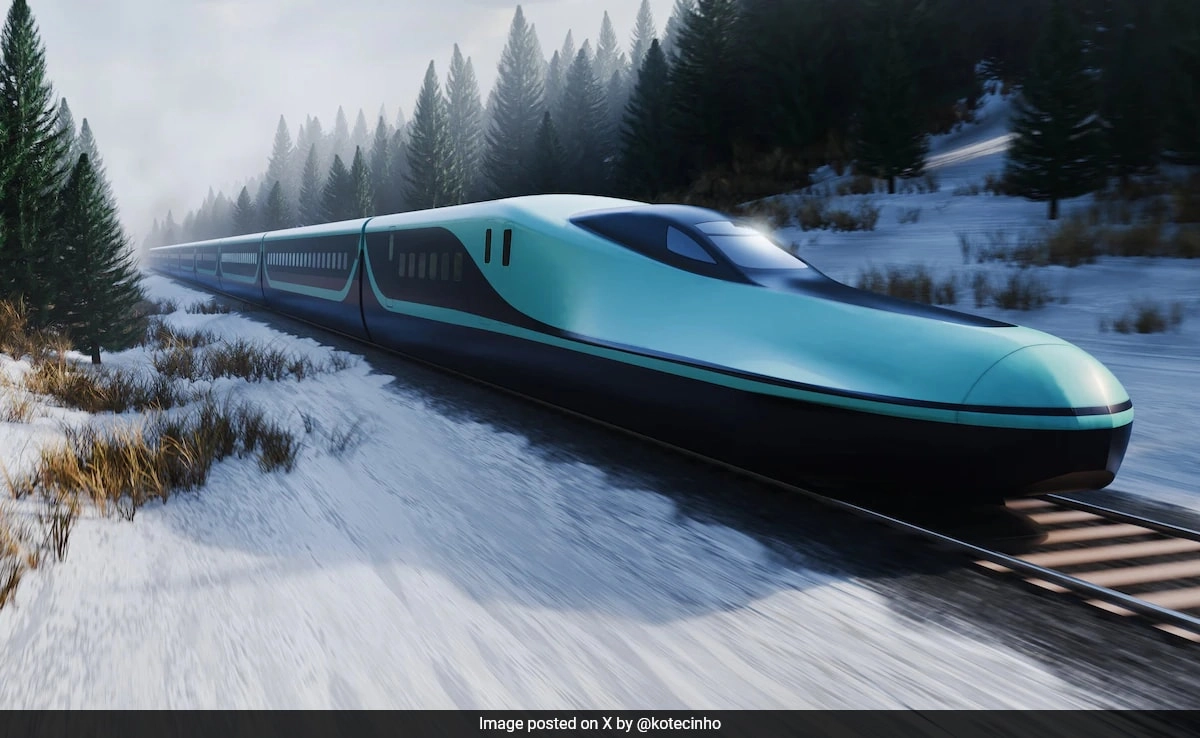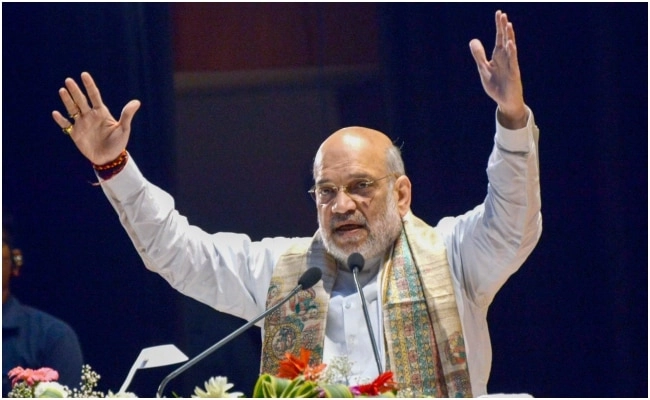As Prime Minister Narendra Modi embarks on a visit to Japan, the spotlight is on the transformative potential of high-speed rail technology for India, particularly the Shinkansen bullet trains, which have become an iconic symbol of modern transportation. These trains, capable of reaching speeds of up to 320 kilometers per hour, represent not just a leap in technology but also a vision for the future of Indian railways. The introduction of such advanced rail systems could significantly enhance connectivity between major cities, reduce travel times, and promote economic growth by facilitating trade and tourism.
Japan’s Shinkansen, renowned for its punctuality, safety, and efficiency, offers a glimpse into what the future could hold for India’s transportation infrastructure. The Indian government has been actively pursuing high-speed rail projects, with the Mumbai-Ahmedabad corridor being the flagship initiative. By leveraging Japan’s expertise and technology, India aims to replicate the success of the Shinkansen, adapting it to meet local needs and conditions. This collaboration could pave the way for a network of high-speed trains that would not only serve urban commuters but also integrate rural areas into the national economy.
The potential benefits of implementing Shinkansen technology in India are manifold. High-speed trains would reduce the burden on existing rail networks, which are often overcrowded and in need of modernization. Furthermore, faster travel times could lead to improved productivity, as business travelers would find it easier to attend meetings and conferences across the country. Additionally, the environmental implications of shifting to high-speed rail are significant, as trains produce lower emissions compared to road and air travel, aligning with India’s goals for sustainable development.
As discussions unfold during Modi’s visit, the emphasis will likely be on not just the technology itself, but also on the broader implications for job creation and skill development in India. The construction and operation of high-speed rail systems require a skilled workforce, and this presents an opportunity for vocational training and education in engineering and technology. Ultimately, the vision of a high-speed rail network in India could redefine travel and connectivity in the country, making it a critical component of the nation’s infrastructure strategy for the 21st century.




